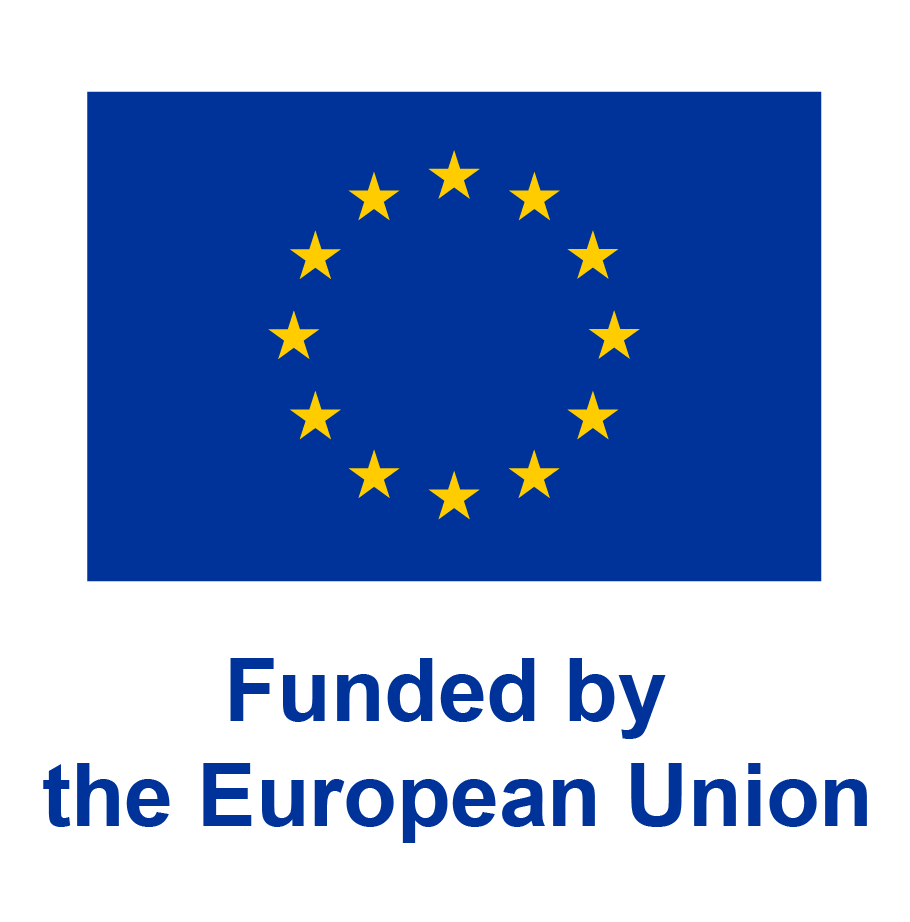

-
Medical and health sciences
- Inflammation
- Innate immunity
Inflammasomes play a vital role in in protecting humans against pathogenic microorganisms, harmful substances and cell changes that could result in illness. The NLRP3 inflammasome in particular attracts considerable interest because aberrant NLRP3 activation is a key pathogenic mechanism in many chronic inflammatory diseases. Moreover, gain-of-function mutations in NLRP3 causes a periodic fever syndrome named cryopyrin-associated periodic syndrome (CAPS). MCC950/CRID3-based sulfonylurea compounds are currently the only reported class of inhibitors that selectively target NLRP3 with nM potency. We and others recently showed that members of this sulfonylurea class inhibitors directly target the central NACHT domain of NLRP3, and several companies have recently progressed MCC950/CRID3-derived NLRP3 inhibitors to human studies. However, there is an urgent need to expand the pipeline of NLRP3-targeted therapeutics with NLRP3-inhibitors of novel chemotypes. Based on exciting preliminary data, we aim to identify novel NLRP3 inflammasome inhibitors and perform an in-depth functional analysis of their activity, selectivity and molecular mechanism of action. Furthermore, we will define the market potential and explore the best strategy towards clinical development with partner organizations. In conclusion, the project will help to expand the pipeline of NLRP3-targeted therapeutics with new NLRP3-inhibitors. If successful, the project may meaningfully impact on the lives of many patients that suffer from NLRP3-mediated diseases in Europe and across the globe.